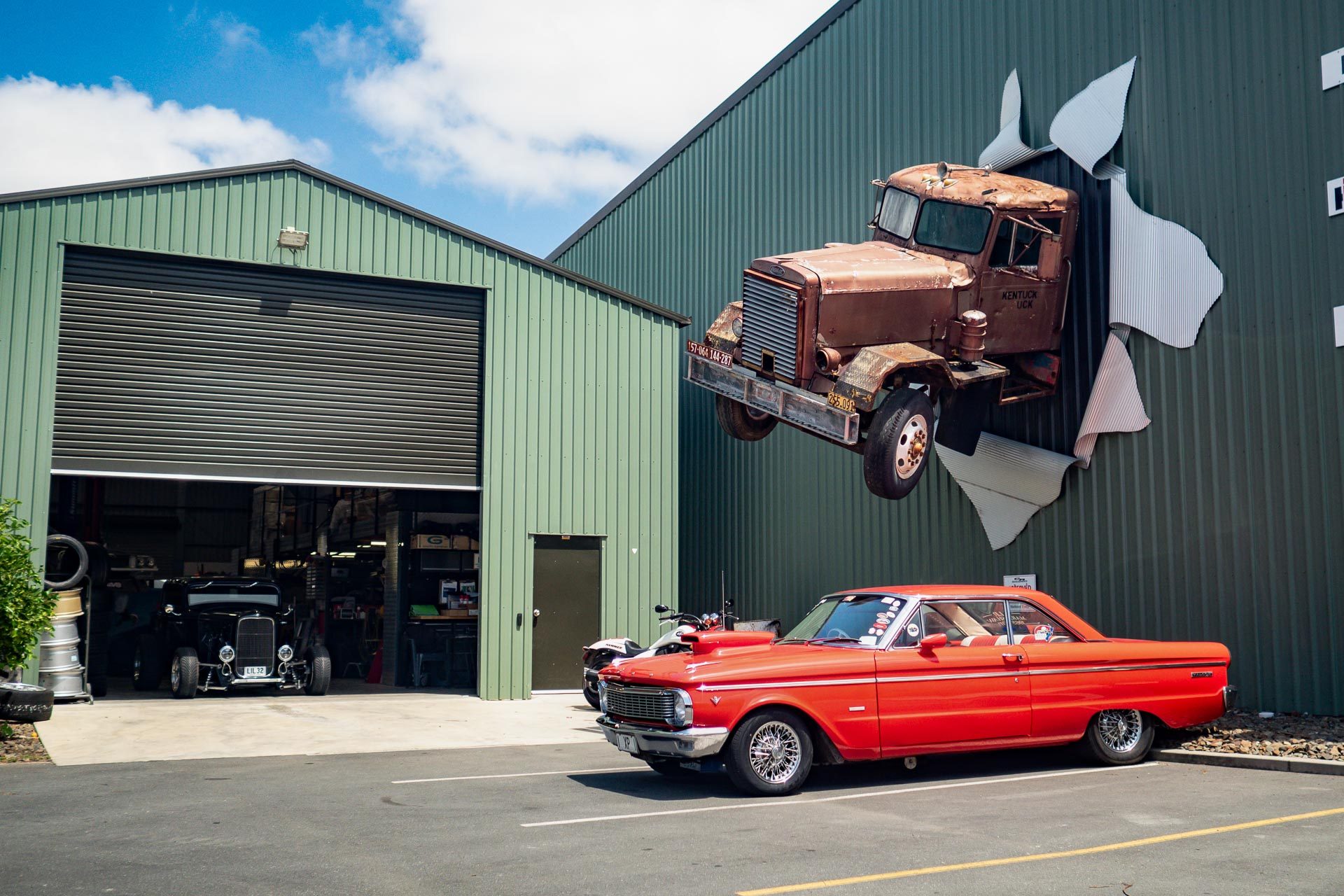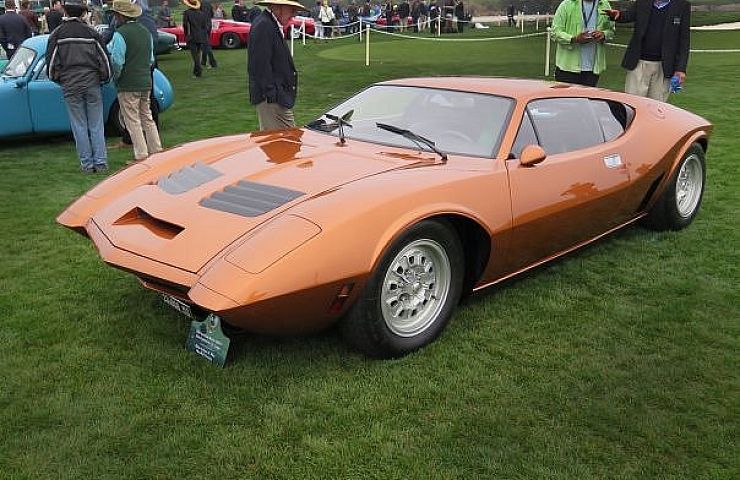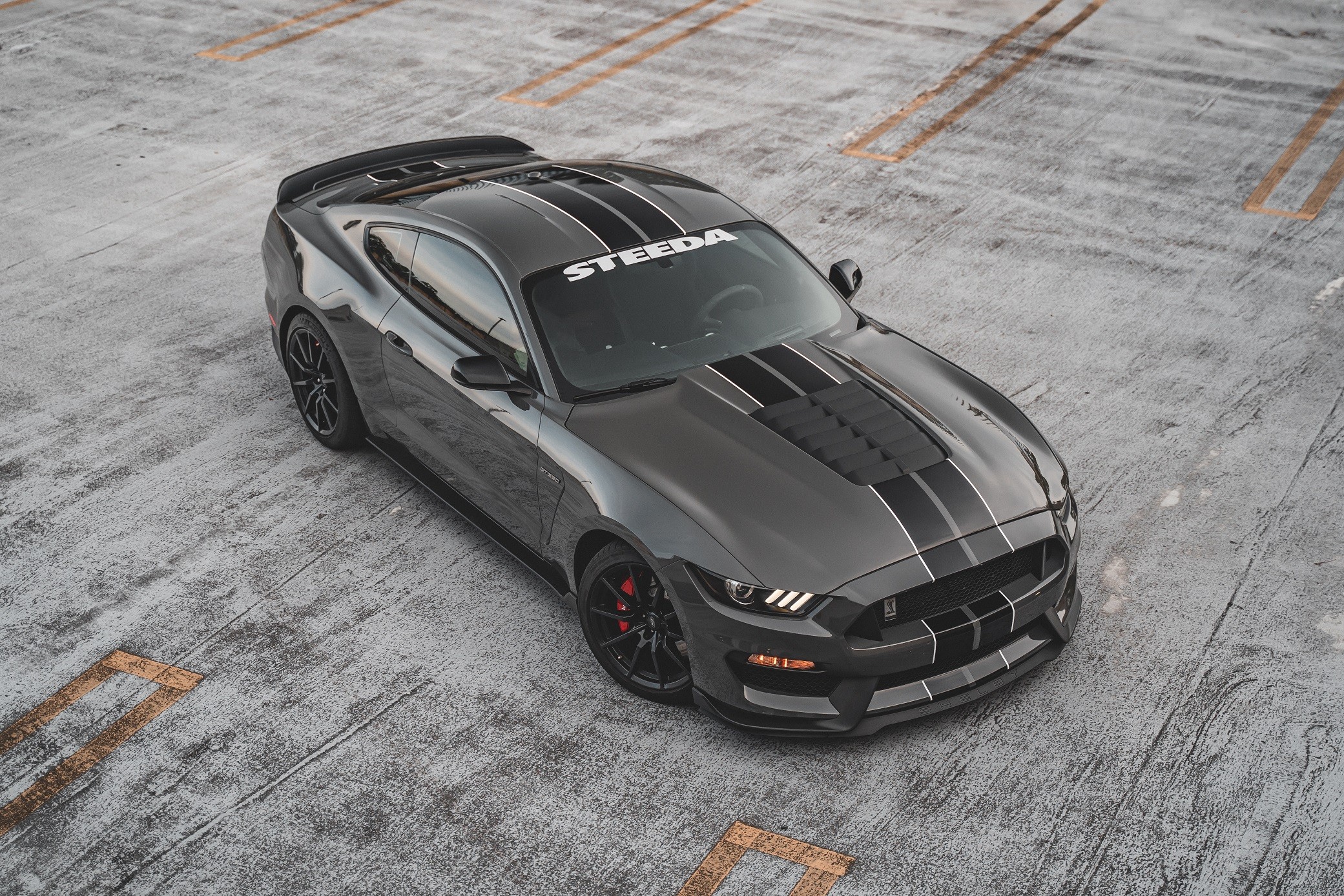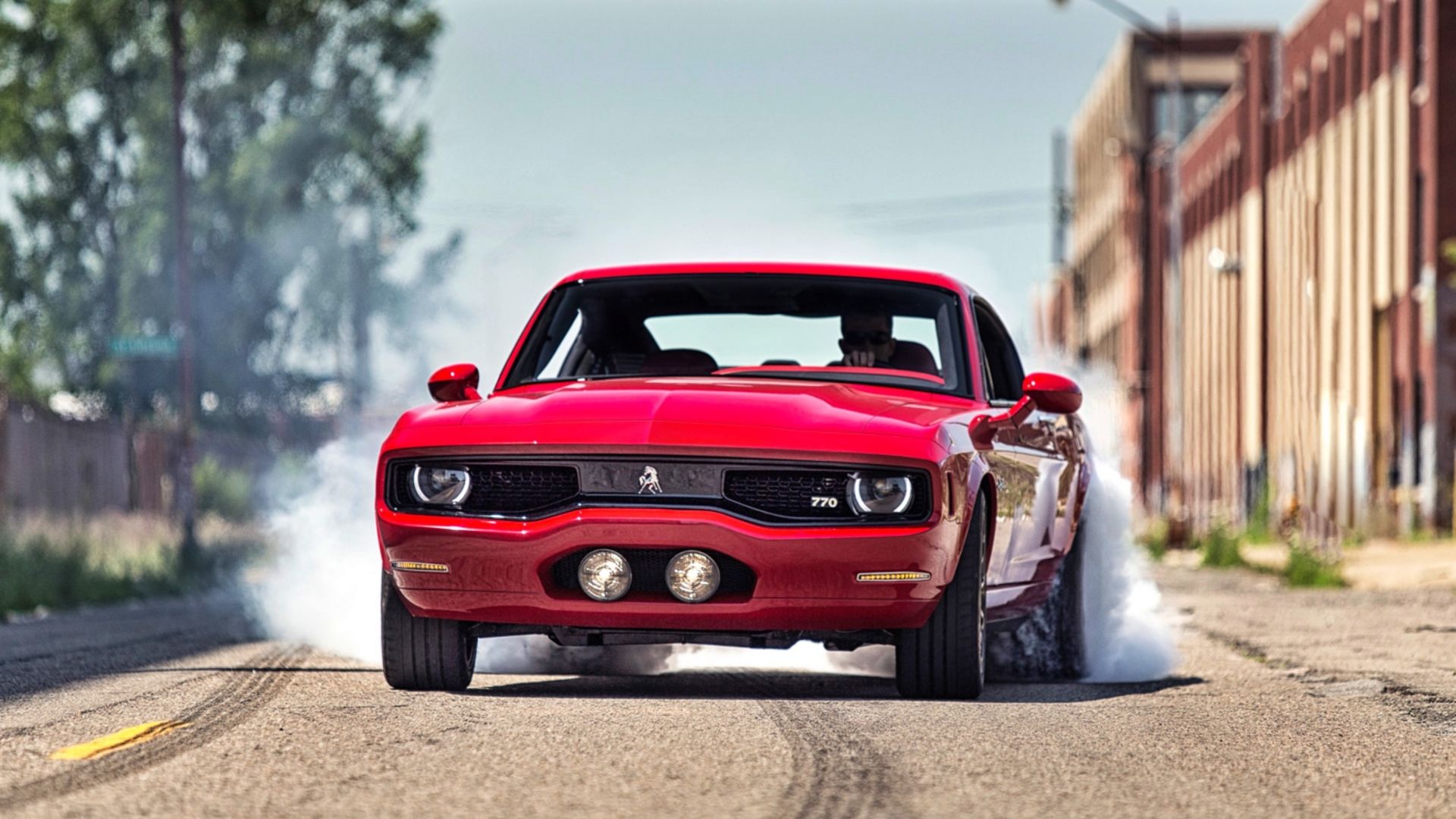Most weekends from March through November, thousands of “semi-pro” race teams spend countless hours and carefully counted dollars to roll their race car onto the starting grid. During the week, besides their day jobs and the night job of repairing and preparing the car for the next race, someone on the team has a third job…chasing money to put the car on the track each week.
In fact, an article at newsobserver.com is titled: Kenny Wallace wearies of NASCAR costs, money chase. In it, the veteran driver observes; “I’m exhausted trying to find money…Every sponsor you see on my car right now I’ve got by myself, and I’m exhausted.”
So if a veteran with good name recognition and the visibility of being featured on The Speed Channel can’t just sit back and review sponsor offers, how can a weekend warrior ever expect to?
Obviously, they can’t. Generally they don’t just sit back, but unfortunately even constant outreach to potential sponsors rarely even results in a callback. Most entrants in the regional Late Model Touring Series that feature a combination of veteran long term participants and “young guns” who have graduated from a “ladder” of developmental classes. Many of them started racing go karts or Bandeleros at age 5 or 6. And among them there are plenty that could race wheel to wheel with NASCAR’s best if they got the chance.
Getting that chance is what The Developed-Driver Program is all about.
Think about what the emerging motorsports sponsor faces
In 1935 community leaders in Daytona recruited Bill France, Sr. to try and stage an event that would replace the annual land speed record attempts at Speedweek. Those teams had abandoned the hard-packed sand for Bonneville’s saltflats. Besides planning, organizing and promoting the event, France had to raise the prize money to attract racers to the event.
France’s solution was to solicit prizes from area merchants. The ranged from a bottle of rum for each lap leader to a credit at a used car lot. The idea of businesses supporting racing in return for exposure to the audience was born and more formal sponsorships were soon to follow.
As racing events proliferated after the end of WWII, racers began to paint business names on the car in exchange for something of value. In the 1950s and 60s, most sponsors were auto-related businesses. But then, in 1972, R.J. Reynolds bought the naming rights to NASCAR’s premier series. The Winston Cup Series and the era of corporate sponsorship began.
Perhaps the earliest and certainly most iconic example appeared when Richard Petty’s light-blue #43 car added the red and white of the STP logo. And beyond the car, STP developed an integrated graphic image with driver and crew uniforms, the team’s hauler and the logo appearing everywhere Petty went.
In the four decades since, consumer products like M&Ms and Budweiser; retailers like Best Buy, The Home Depot and Lowes; corporate communicators like UPS, FedEx and DuPont sponsorship and even the US Army have made major budget commitments to motorsports marketing.
From the competitors’ side, ever since sponsorship took hold in the 1970s, it’s next to impossible to run races without corporate backing. Morgan-McClure Motorsports, one of NASCAR’s pioneers, had to disband its Sprint Cup team for the 2008 season when it lost its sponsor, State Water Heaters.
Sponsors have a dilemma as well. As NASCAR has grown to be the #2 rated sport in programming behind the NFL, the premier positions on the front running cars have become “beachfront property”. The traditional paths to getting exposure at the Sprint Cup level require tremendous upfront commitments with no guarantee of any return at all…sort of a multi-million dollar “dice roll”.
Imagine the strategic planning session at a Fortune 1000 headquarters. A marketing executive presents a proposal to spend $500,000 to decorate a NASCAR Sprint Cup car with a shiny logo graphic for just one 4-hour event. Then another exec lays out a program that extends over an entire year, encompasses multiple markets nationwide, puts the company’s graphic image on track at 15-20 events, builds a fan following and creates the environment for unlimited promotions.
The ROI on the half-million is almost no contest.
The missing link: The Developed-Driver Program
The simple dilemma of motorsports marketing is that:
While the entire Fortune 1000 are candidates to benefit from adding sponsorship to their marketing mix, most simply never consider any of the typical routes in; and,
At the same time, the weekly race teams that are could be perfect candidates to give them a new approach have limited tools and talent to connect with them.
The “Missing Link” is a connection between the emerging motorsports marketing plan and the available qualified potential next star driver…The Developed Driver Program. It offers a path that takes vision and commitment and, most importantly permits proportionate investment to measured returns.
In fact, if a company wants to be in NASCAR with a successful motorsports marketing investment, it’s another version of ROI-Racing Opportunity Impact.
This ROI is based in The Developed-Driver Program. While it takes a vision and commitment that most short term management thinking can’t cope with, it permits proportional investment to measured returns. If you ultimately want to be in NASCAR with a solid continuity marketing presence, The Developed-Driver Program offers an approach that matches your other R&D initiatives.
All of the major NASCAR teams have driver development initiatives. Now a sports marketing department can emulate them without over-investing. It’s done by building an exclusive “Developed-Driver”. In it a new sponsor commits to a young, lower level driver who provides a good fit with their market and company.
The unique character of stock car racing at every level is that to compete at all the small team has to possess all of the resources, knowledge and expertise that the big teams have…just in smaller doses. So the only three things that a sponsor needs to bring to the party are company knowledge, training in media savvy and money to move the team progressively through the “developmental” race series.
A Developed-Driver progression might be from a regional “late model” touring series, to a few ARCA starts to a full season in the NASCAR K&N series, to the NASCAR Camping World Series and on to Nationwide and ultimately the Sprint Cup Series.The measured investment means the emerging sponsor can test motorsports marketing all along the way. The graphics package on the K&N or ARCA equipment will be just as impressive as on a Sprint Cup participant.
Most importantly, there’s the chance to learn early whether the driver can be groomed into an effective company spokesman. Or how the team can grow and handle new levels and competitive challenges. And the right Developed-Driver candidate will build a large fan base that grows with his progress. Finally, can the driver and team move toward top 10 or better finishes as it develops.
The great advantage of The Developed-Driver Program is that at any point on the road to NASCAR the resource requirement can be paced to the on track progress. At a measurable point the Racing Opportunity Investment (“ROI”) crosses the business Return On Investment and the sponsorship initiative is ready to step up to the next level.
So where do you start? The Developed Driver Group (“DDG”) has been formed to match interested marketing organizations with qualified drivers.
The most famous words in ROI…”marketers start your analysis”
This is an emerging, grassroots initiative and structured as a “dating” service.
- DDG will apply a set of minimal but structured criteria to place a driver and team on our Starting Grid.
- Prospective sponsors join the DDG Victory Circle at no cost or obligation via a simple application and profile process.
It’s an old racing adage that to pass you have to go where the competitors “aren’t”. The same thing applies to changing the race sponsor’s ROI equation versus the traditional motorsports marketing strategies. The Developed-Driver Program just may be the fast lane.






More Stories
Are Thumpstar Pit Bikes Reliable?
Subaru Impreza – What’s Latest for 2012?
Two Brothers Racing – Evolution of a Motorcycle Exhaust Manufacturer